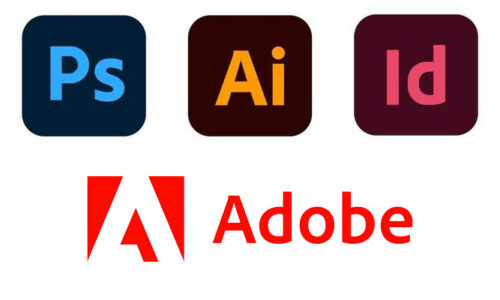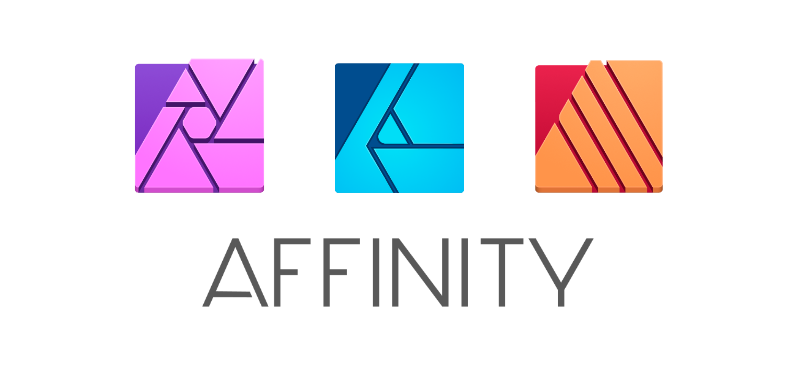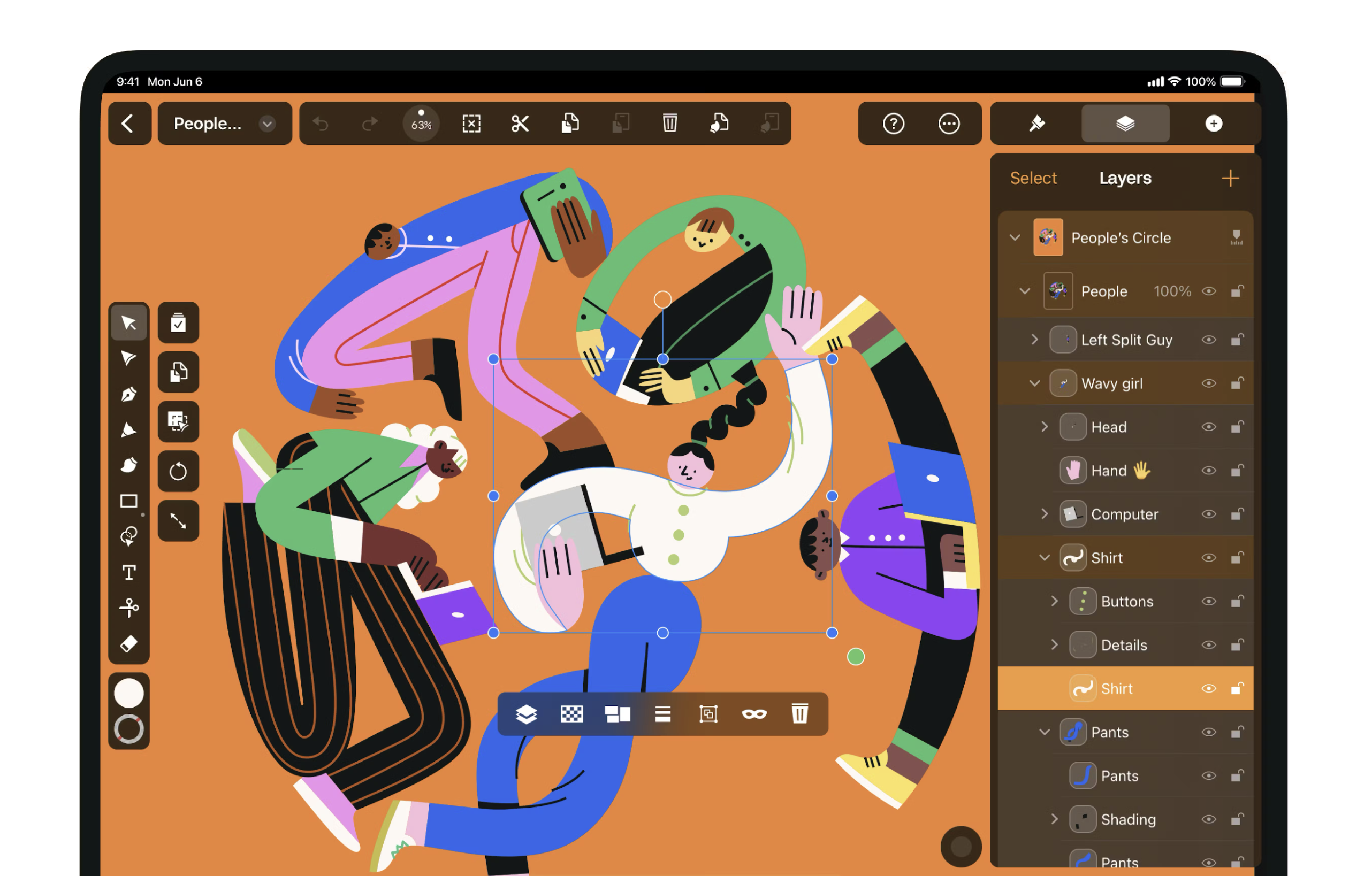
Adobe: Compatible with Coops?
For most in the design industry, Adobe is the long-standing go-to suite of programs for creators worldwide. While other publishers have come and gone, Adobe has maintained its grip on the industry by offering a growing variety of apps and programs covering many different areas of design, video, web and marketing under one subscription fee. Where weaker coverage was identified, acquisitions and mergers were sought. However, one potential merger between Adobe and Figma failed in 2023 due to monopoly concerns with Adobe citing “no clear path to receive necessary regulatory approvals from the European Commission and the UK Competition and Markets Authority”. Having already announced the sunset of Adobe XD, this resigned Adobe to abandoning their large community of UX and UI designers. It also left a large hole in their business plans for the next few years. Heavy focus was now on the other major feature of Adobe’s long-term plans, and with that focus came focused scrutiny. The company’s recent policy changes and the implementation of AI have sparked significant backlash, highlighting broader issues of user trust, data privacy, and governance.
Adobe Firefly is Adobe’s generative machine learning model. Unlike other models, this has been integrated directly into the programs themselves. It aimed to enhance user experience through advanced tools within Photoshop and Illustrator and promised increased productivity along with more time for designers to focus on actual creation. However, they came with strings attached. The revised terms of service included clauses that allowed Adobe to access and analyse all user content created and saved on your Creative Cloud account, by either automated means, or manually by a human. This raised serious privacy concerns, as users feared their creative works would be exploited for gain without adequate transparency or consent mechanisms.

Initially, these options were enabled by default but easily disabled inside the program itself in the settings. However additional permissions were hidden deep in account settings only accessed on your account via a web browser. For some, this was the last in a long line of disappointing decisions that took precedence over fixing basic program errors that had plagued CC for years. For many, subscription cancellation felt like the next step. However, users begin to complain about hidden charges and prolonged exchanges with customer service, often leading to frustration and a sense of being locked in. For some, this meant incurring costs of hundreds of pounds to cancel an account. For other larger agencies on a team plan, admins found it was almost possible to delete individual seats altogether. Adobe –including some specific organisation members– has now landed themselves a US government lawsuit relating to the lack of transparency surrounding cancellation and hidden fees.
This highlighted a number of privacy concerns for some agencies and organisations. For example, any agency conforming to a standard NDA could be conceived as in breach owing to sensitive imagery or brand IP being uploaded to Creative Cloud where it can be viewed and possibly used for AI model learning. For businesses who engage with agencies, many businesses and organisations stipulate a no AI policy, with the aid of generators such as Midjourney. However, the integration of generative Firefly functions within Photoshop and Illustrator itself meant it was harder to police when if work had been assisted or entirely generated using AI. Some high-profile companies who were assured by their agencies that the content was created in photoshop were seemingly unaware that generative was now integrated. The introduction of Content Credentials aims to solve this but has been met with skeptisism.
In the wake of these controversies, competitors have seized the opportunity to attract disillusioned Adobe users. Notably, Affinity has long been regarded as a possible future competitor to Adobe with its Photoshop, Illustrator and newly launched InDesign alternatives. In the wake of the dissatisfaction, it launched a bold campaign offering a six-month free trial of their suite with no strings attached. Alongside this, offering 50% off a one-time purchase – a welcome change from the norm of subscription based software.

Originally developed by Serif in Nottinghamshire, Affinity has been praised for its features, affordability, and user-friendly policies. Their commitment to transparency and customer satisfaction stands in stark contrast to Adobe’s recent missteps, giving an option for those seeking to transition away from Creative Cloud. This also puts them more in align with the values and principles of co-operative model businesses, particularly when it comes to honesty and openness. While it’s parent company, Canva, has gained significant ground in the casual design market, Affinity is a viable alternative for professional designers.
Other independent alternatives are also available for free or at a much cheaper price point, such as Linarity’s Curve and Animate for Vector and Animation, or GIMP which still remains free and open source today.

The controversies surrounding Adobe highlight the delicate balance tech companies must maintain between innovation, user trust, and ethical business practices. Adobe will need to address the core issues of transparency, user consent, and fair business practices to regain the trust of its users. Despite the Adobe/Figma merger failing, users have recently noticed similar practices being put into action by the latter, leading many to question if this is the natural path for all software providers after a certain stage of growth
For users, this period of upheaval serves as a reminder of the importance of staying informed about the terms and conditions governing the tools they rely on. Exploring alternatives can provide not only potential cost savings but also an important lesson in choosing software that aligns with their values and needs, and holding people’s feet to the fire where they fall short. At the very least, design tools may become more diverse, user-centric, and transparent than ever before.

